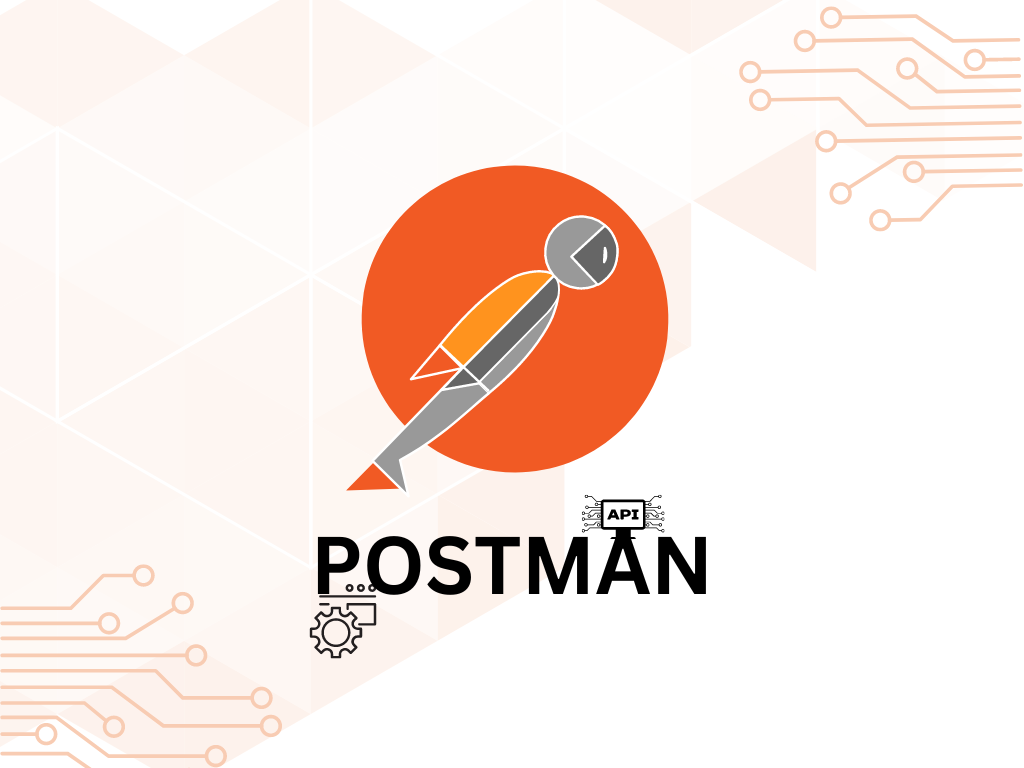
In the dynamic world of software development, efficient testing and debugging are paramount for ensuring the quality and reliability of applications. Among the plethora of tools available, Postman stands out as a versatile and powerful platform for API development, testing, and collaboration. In this comprehensive guide, we will delve deep into the capabilities of Postman, exploring its features, functionalities, and best practices for developers.
Postman is not just another API testing tool; it’s a complete API development environment that empowers developers to design, test, document, and monitor APIs effortlessly. Initially created in 2012 by Abhinav Asthana, Ankit Sobti, and Abhijit Kane in Bangalore, India, Postman was born out of the need to solve the API test sharing problem. Since then, it has evolved into a robust solution used by millions of developers worldwide.
Features of Postman:
API Testing: Postman simplifies the process of testing web APIs by providing a user-friendly interface for sending requests, inspecting responses, and validating endpoints. Its robust testing capabilities, including automated tests and scripting with JavaScript, make it an indispensable tool for ensuring API functionality and reliability.
Automated Testing: With Postman’s collection runner and Newman CLI tool, developers can automate API testing, enabling continuous integration and delivery pipelines. This automation accelerates the testing process and enhances overall productivity, allowing teams to identify and address issues promptly.
Mock Servers: Postman’s mock server feature enables developers to simulate API endpoints, making it easier to test client applications without relying on the actual backend infrastructure. This capability fosters parallel development and facilitates collaboration between frontend and backend teams.
Documentation: Documentation is crucial for ensuring the accessibility and usability of APIs. Postman simplifies the documentation process by generating comprehensive API documentation automatically. Developers can annotate endpoints, describe request payloads, and provide examples, empowering consumers to understand and utilize APIs effectively.
Monitoring: Continuous monitoring is essential for identifying performance bottlenecks and detecting anomalies in API behavior. Postman’s monitoring feature allows developers to schedule tests, monitor endpoint health, and receive alerts in real-time, ensuring optimal API performance and reliability.
Optimal Methods for Utilizing Postman:
Organize Collections: Organize API requests into collections based on functionality or resource type to maintain clarity and organization. Use folders and naming conventions to structure collections logically, making it easier to navigate and manage.
Leverage Variables: Utilize Postman variables to parameterize requests and streamline testing across different environments. By defining variables for endpoints, headers, and payloads, developers can automate testing and improve reusability.
Write Tests: Incorporate test scripts using Postman’s scripting capabilities to validate API responses automatically. Write assertions to verify status codes, response bodies, and other criteria, ensuring consistent behavior across iterations.
Collaborate Effectively: Leverage Postman’s collaboration features, such as shared workspaces and team libraries, to foster collaboration among team members. Encourage documentation and annotation to facilitate knowledge sharing and ensure alignment on API specifications.
By adopting best practices and leveraging Postman’s advanced functionalities, developers can streamline the API lifecycle, accelerate development cycles, and deliver high-quality applications with confidence.
© 2024 Neh Infomatics – All rights reserved.
